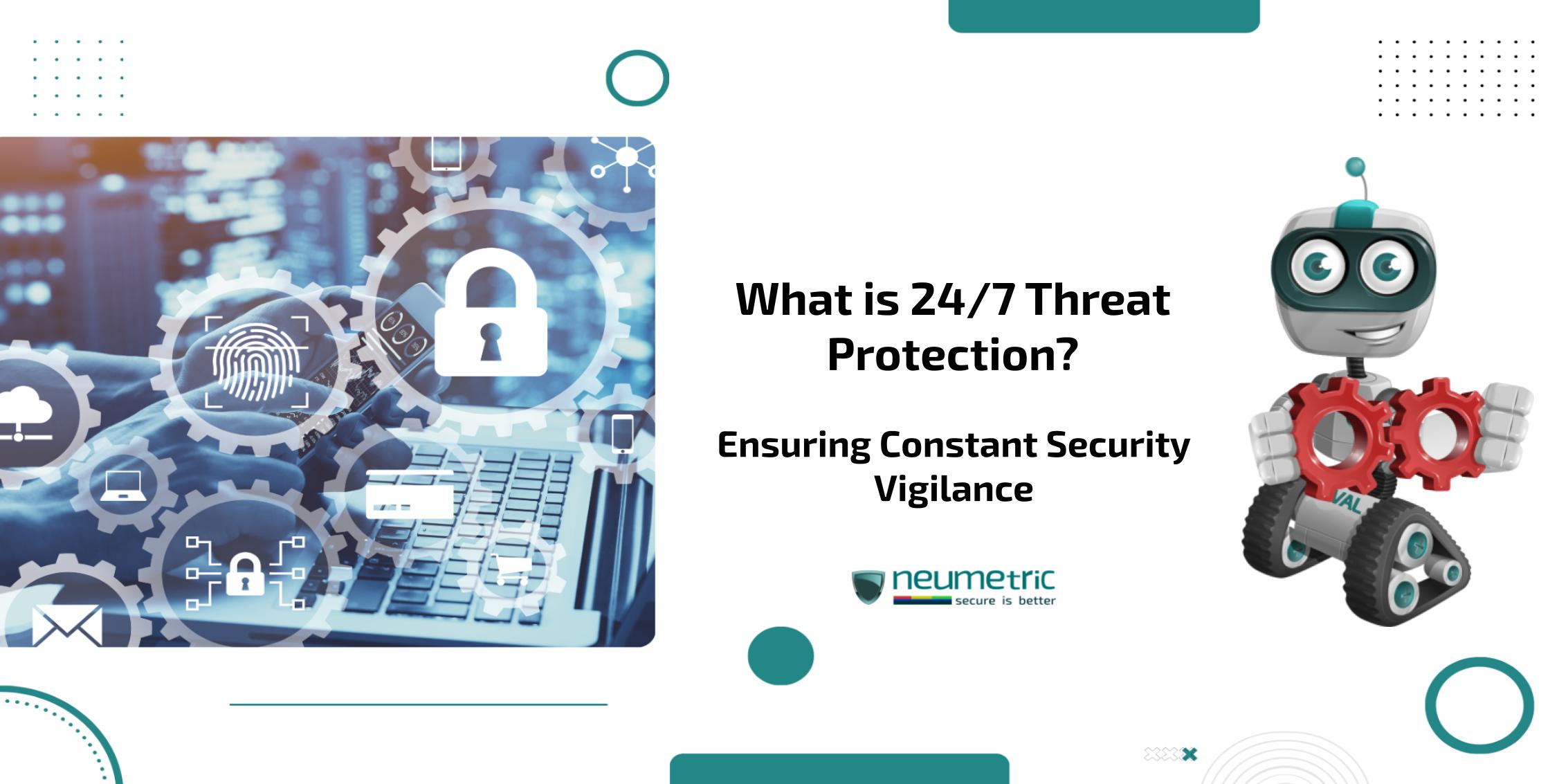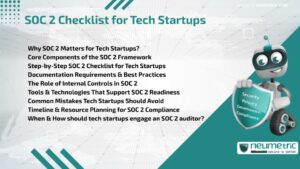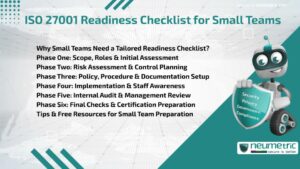Table of Contents
ToggleIntroduction: The Never-Ending Battle Against Cyber Threats
In our increasingly digital world, the question “What is 24/7 threat protection?” has become more critical than ever. As cyber threats evolve & multiply, organizations & individuals alike are seeking robust, round-the-clock security solutions. This comprehensive journal will demystify the concept of 24/7 threat protection, exploring its importance, components & implementation strategies.
Imagine a world where digital threats never sleep, where malicious actors work tirelessly to breach defenses & exploit vulnerabilities. This isn’t the plot of a sci-fi novel – it’s the reality of our interconnected digital landscape. In this environment, understanding what is 24/7 threat protection isn’t just an academic exercise; it’s a crucial step in safeguarding our digital assets & personal information.
24/7 threat protection, as the name suggests, is a comprehensive approach to cybersecurity that provides constant vigilance against potential threats. But what does this really mean in practice? How does it work & why is it so important? Let’s dive deep into the world of continuous security monitoring & defense.
What is 24/7 Threat Protection? A Comprehensive Definition
At its core, 24/7 threat protection is a proactive & continuous approach to cybersecurity that aims to detect, prevent & respond to threats around the clock. But to truly understand what is 24/7 threat protection, we need to break it down into its key components:
- Continuous Monitoring: This involves the real-time surveillance of networks, systems & data for any signs of suspicious activity or potential threats.
- Threat Intelligence: Gathering & analyzing information about current & potential threats to stay ahead of cybercriminals.
- Automated Response: Implementing systems that can automatically react to detected threats, often faster than human intervention could.
- Human Expertise: Despite automation, skilled cybersecurity professionals play a crucial role in managing & refining 24/7 threat protection systems.
- Multi-layered Security: Employing various security measures at different levels of the IT infrastructure to create a comprehensive defense strategy.
Now that we have a basic understanding of what is 24/7 threat protection, let’s explore each of these components in more detail.
The Pillars of 24/7 Threat Protection
Continuous Monitoring: The Vigilant Eye
Continuous monitoring is the foundation of 24/7 threat protection. It’s like having a tireless security guard watching every entrance & corridor of your digital infrastructure. This monitoring covers various aspects:
- Network Traffic Analysis: Scrutinizing data moving in & out of the network for anomalies.
- System Log Analysis: Examining system logs for signs of unauthorized access or suspicious activities.
- User Behavior Analytics: Monitoring user actions to detect unusual patterns that might indicate a compromised account.
- Endpoint Monitoring: Keeping an eye on all devices connected to the network, from computers to IoT devices.
The goal of continuous monitoring is to detect threats as early as possible, ideally before they can cause significant damage. This is crucial in understanding what is 24/7 threat protection – it’s not just about responding to attacks, but about identifying potential threats before they materialize.
Threat Intelligence: Knowledge is Power
In the realm of 24/7 threat protection, information is a powerful weapon. Threat intelligence involves collecting, processing & analyzing data about potential security threats. This includes:
- Global Threat Feeds: Subscribing to real-time updates about new vulnerabilities, malware strains & attack techniques.
- Dark Web Monitoring: Keeping an eye on underground forums where cybercriminals share information & tools.
- Industry-Specific Intelligence: Focusing on threats that are particularly relevant to your sector.
- Historical Data Analysis: Learning from past incidents to predict & prevent future attacks.
By leveraging threat intelligence, organizations can stay one step ahead of cybercriminals, anticipating potential attacks & strengthening their defenses accordingly.
Automated Response: Speed is of the Essence
When it comes to cybersecurity, every second counts. This is where automated response systems come into play. These systems can:
- Isolate Infected Systems: Quickly quarantine compromised devices to prevent the spread of malware.
- Block Suspicious Traffic: Automatically deny access to potentially malicious IP addresses or domains.
- Patch Vulnerabilities: Apply security updates as soon as they become available.
- Alert Security Teams: Notify human experts when a situation requires their attention.
Automated response is a critical component of what is 24/7 threat protection because it allows for immediate action, twenty four (24) hours a day, three hundred & sixty five (365) days a year.
Human Expertise: The Irreplaceable Element
While automation plays a crucial role in 24/7 threat protection, human expertise remains irreplaceable. Skilled cybersecurity professionals are essential for:
- Strategy Development: Crafting comprehensive security plans tailored to the organization’s needs.
- Threat Hunting: Proactively searching for hidden threats that automated systems might miss.
- Incident Response: Managing complex security incidents that require nuanced decision-making.
- System Tuning: Continually refining & improving automated systems to reduce false positives & enhance effectiveness.
Understanding what is 24/7 threat protection means recognizing the symbiotic relationship between advanced technology & human expertise.
Multi-layered Security: Defense in Depth
24/7 threat protection isn’t about relying on a single solution; it’s about creating multiple layers of security. This approach, often called “defense in depth,” includes:
- Firewalls: Controlling incoming & outgoing network traffic.
- Intrusion Detection/Prevention Systems [IDS/IPS]: Identifying & stopping potential attacks.
- Antivirus & Anti-malware Software: Detecting & removing malicious software.
- Encryption: Protecting data both in transit & at rest.
- Access Controls: Ensuring that only authorized users can access sensitive systems & data.
By implementing multiple layers of security, organizations can create a robust defense that’s difficult for attackers to penetrate.
The Importance of 24/7 Threat Protection
Now that we’ve explored what is 24/7 threat protection in detail, let’s consider why it’s so crucial in today’s digital landscape.
The Evolving Threat Landscape
Cyber threats are constantly evolving. New vulnerabilities are discovered, new attack techniques are developed & new malware strains emerge regularly. In this dynamic environment, periodic security measures are no longer sufficient. 24/7 threat protection ensures that defenses are always up-to-date & ready to face the latest threats.
The Cost of Cybercrime
The financial impact of cybercrime is staggering. According to a report by Cybersecurity Ventures, global cybercrime costs are expected to grow by fifteen percent (15%) per year over the next five years, reaching $10.5 trillion USD annually by 2025. This projection highlights the critical need for robust, round-the-clock protection.
Reputation & Trust
A single successful cyber attack can severely damage an organization’s reputation & erode customer trust. In an age where data breaches make headlines, demonstrating a commitment to 24/7 threat protection can be a significant competitive advantage.
Regulatory Compliance
Many industries are subject to strict data protection regulations. Implementing 24/7 threat protection can help organizations meet these compliance requirements & avoid potential fines & legal issues.
The Internet Never Sleeps
In our globalized world, business operations & online activities occur around the clock. This means that potential attack windows are always open. 24/7 threat protection ensures that security never takes a break, even when your team does.
Implementing 24/7 Threat Protection: Strategies & Best Practices
Understanding what is 24/7 threat protection is one thing; implementing it effectively is another. Here are some strategies & best practices to consider:
Conduct a Comprehensive Risk Assessment
Before implementing 24/7 threat protection, it’s crucial to understand your organization’s specific risks & vulnerabilities. This assessment should cover:
- Asset Inventory: Identifying all systems, devices & data that need protection.
- Threat Modeling: Analyzing potential attack vectors & scenarios.
- Vulnerability Scanning: Identifying weaknesses in your current security posture.
Develop a Robust Incident Response Plan
Even with 24/7 threat protection, it’s essential to be prepared for potential breaches. An incident response plan should outline:
- Roles & Responsibilities: Who does what during a security incident?
- Communication Protocols: How will information be shared internally & externally?
- Recovery Procedures: Steps to restore normal operations after an incident.
Invest in the Right Tools
Effective 24/7 threat protection requires a suite of advanced security tools. Consider investing in:
- Security Information & Event Management [SIEM] Systems: For centralized logging & analysis.
- Endpoint Detection & Response [EDR] Solutions: To monitor & protect individual devices.
- Threat Intelligence Platforms: To stay informed about the latest threats.
Prioritize Employee Training
Your employees can be your strongest defense or your weakest link. Regular security awareness training should cover:
- Phishing Awareness: How to identify & report suspicious emails.
- Password Hygiene: Creating & managing strong, unique passwords.
- Safe Browsing Habits: Avoiding risky websites & downloads.
Regularly Test & Update Your Defenses
24/7 threat protection isn’t a “set it & forget it” solution. Regular testing & updating are crucial:
- Penetration Testing: Simulating attacks to identify weaknesses.
- Vulnerability Assessments: Regularly scanning for new vulnerabilities.
- Patch Management: Ensuring all systems are up-to-date with the latest security patches.
Consider Managed Security Services
For organizations without the resources to maintain in-house 24/7 threat protection, Managed Security Service Providers [MSSPs] can be a valuable option. MSSPs offer:
- Expertise: Access to skilled security professionals.
- Advanced Technologies: State-of-the-art security tools & infrastructure.
- Scalability: The ability to adapt protection as your needs change.
Challenges in Implementing 24/7 Threat Protection
While the benefits of 24/7 threat protection are clear, implementation can come with challenges:
Resource Constraints
Maintaining round-the-clock security operations requires significant resources, both in terms of technology & personnel. This can be particularly challenging for smaller organizations.
Alert Fatigue
With constant monitoring comes a constant stream of alerts. Without proper management, this can lead to alert fatigue, where important threats are missed amidst the noise.
Keeping Pace with Evolving Threats
The rapid evolution of cyber threats means that 24/7 threat protection systems must be continuously updated & refined.
Privacy Concerns
Continuous monitoring can raise privacy concerns, particularly when it comes to employee activities. It’s crucial to balance security needs with privacy rights.
Integration with Existing Systems
Implementing 24/7 threat protection often requires integrating new tools & processes with existing IT infrastructure, which can be complex & time-consuming.
The Human Element in 24/7 Threat Protection
While we’ve discussed the technological aspects of what is 24/7 threat protection, it’s crucial not to overlook the human element. Cybersecurity professionals play a vital role in:
Threat Analysis
Humans are uniquely capable of contextualizing threats & understanding their potential impact on the organization.
Decision Making
In complex security situations, human judgment is often necessary to make critical decisions that automated systems can’t handle.
Creativity in Problem Solving
Cybersecurity often requires creative thinking to outsmart attackers & develop innovative defense strategies.
Continuous Learning & Adaptation
As the threat landscape evolves, cybersecurity professionals must continually learn & adapt their skills & knowledge.
Conclusion
As we’ve explored in this comprehensive journal, understanding what is 24/7 threat protection is just the beginning. Implementing & maintaining effective round-the-clock security is an ongoing journey that requires dedication, resources & continuous adaptation.
In our digital age, where cyber threats are constant & evolving, 24/7 threat protection isn’t just a luxury – it’s a necessity. It’s about creating a security posture that never sleeps, that’s always alert & ready to defend against the next attack, wherever & whenever it may come.
As organizations & individuals, we must recognize that cybersecurity is not a destination, but a continuous process. By embracing the principles of 24/7 threat protection – continuous monitoring, threat intelligence, automated response, human expertise & multi-layered security – we can build a more secure digital future.
The question “What is 24/7 threat protection?” may seem simple on the surface, but as we’ve seen, the answer is complex & multifaceted. It’s a blend of cutting-edge technology & human ingenuity, of proactive strategies & reactive capabilities, all working in concert to keep our digital assets safe.
As we move forward in this ever-changing digital landscape, one thing is clear: the need for 24/7 threat protection will only grow. By staying informed, staying vigilant & staying committed to robust security practices, we can face the challenges of cybersecurity with confidence.
Key Takeaways
- 24/7 threat protection is a comprehensive, round-the-clock approach to cybersecurity that combines continuous monitoring, threat intelligence, automated response, human expertise & multi-layered security.
- The importance of 24/7 threat protection is underscored by the evolving threat landscape, the high cost of cybercrime, reputational risks, regulatory requirements & the 24/7 nature of digital operations.
- Implementing effective 24/7 threat protection requires a strategic approach, including risk assessment, incident response planning, investment in appropriate tools, employee training & regular testing & updating of defenses.
- Challenges in implementing 24/7 threat protection include resource constraints, alert fatigue, keeping pace with evolving threats, privacy concerns & integration with existing systems.
- The human element remains crucial in 24/7 threat protection, particularly in areas requiring contextual understanding, complex decision-making, creative problem-solving & continuous learning.
- Future trends in 24/7 threat protection include the increasing use of Artificial Intelligence [AI] & Machine Learning [ML], cloud-based security solutions, IoT security & the adoption of zero trust architectures.
- 24/7 threat protection is not a one-time implementation but an ongoing process that requires continuous adaptation & vigilance to stay ahead of evolving cyber threats.
Frequently Asked Questions [FAQ]
What is 24/7 threat protection & why is it necessary?
24/7 threat protection is a comprehensive approach to cybersecurity that provides constant monitoring, detection & response to potential threats around the clock. It’s necessary because cyber threats don’t operate on a nine (9) to five (5) schedule – they can occur at any time & rapid response is crucial to minimizing damage.
How does 24/7 threat protection differ from traditional cybersecurity measures?
While traditional cybersecurity measures often focus on preventive tools like firewalls & antivirus software, 24/7 threat protection adds a layer of constant vigilance. It includes real-time monitoring, rapid response capabilities & often incorporates advanced technologies like Artificial Intelligence [AI] & Machine Learning [ML] for more effective threat detection & prevention.
Can small businesses benefit from 24/7 threat protection or is it only for large enterprises?
While large enterprises often have more resources to implement comprehensive 24/7 threat protection, small businesses can & do benefit from these services. Many managed security service providers offer scalable solutions that can be tailored to the needs & budgets of smaller organizations, providing enterprise-grade protection at a more accessible cost.
How does artificial intelligence contribute to 24/7 threat protection?
Artificial Intelligence [AI] plays a crucial role in modern 24/7 threat protection systems. AI can analyze vast amounts of data quickly, identifying patterns & anomalies that might indicate a threat. It can learn from past incidents to improve future detection capabilities. AI-powered systems can also automate responses to certain types of threats, allowing for immediate action even outside of business hours. This speed & efficiency are essential components of what is 24/7 threat protection in today’s rapidly evolving threat landscape.





